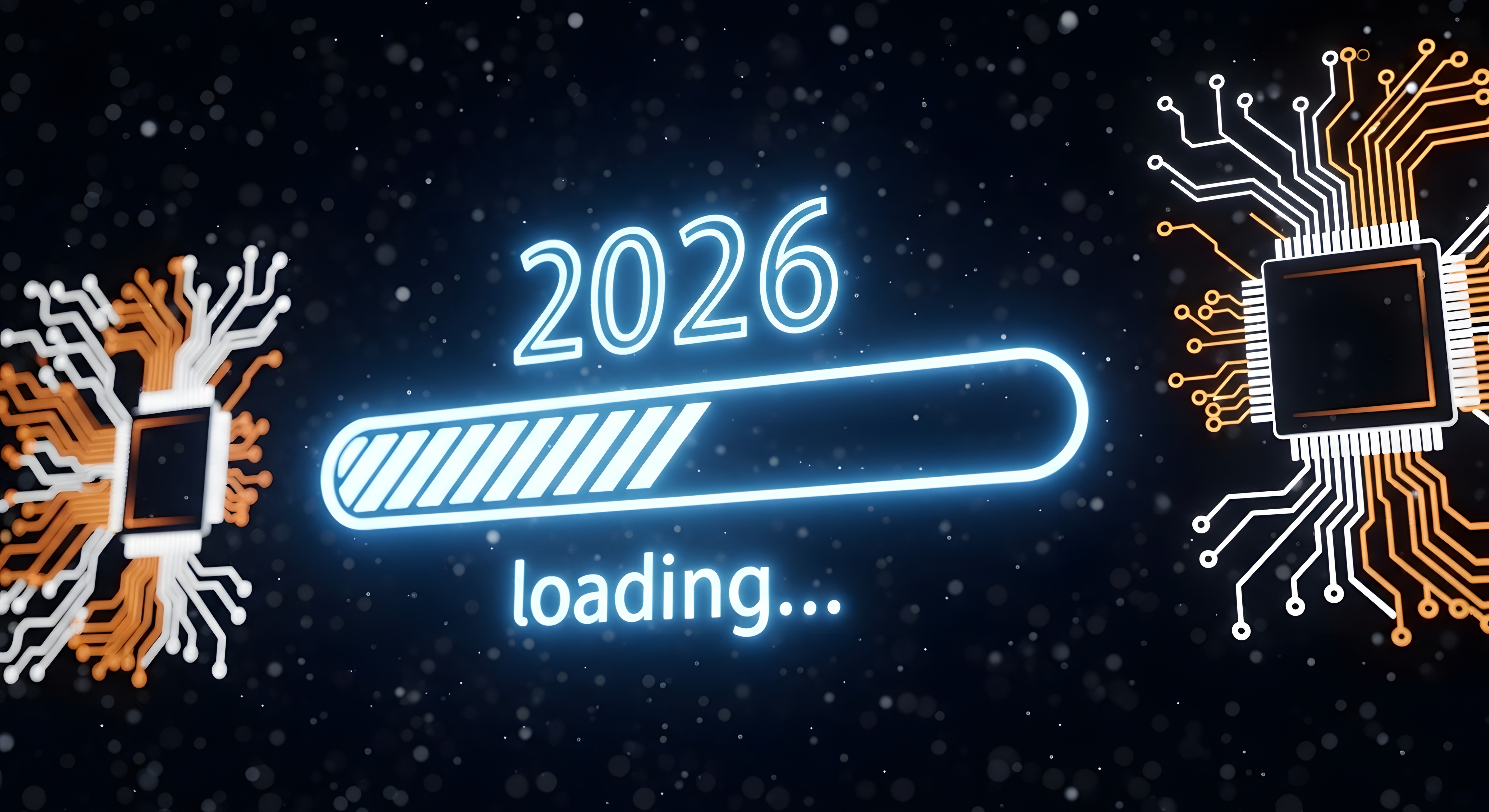Quantum risk is no longer tomorrow’s problem: Why U.S. organizations must act now

Introduction — The quantum deadline has arrived
For years, quantum computing was a distant concern — an abstract risk for future generations. That time is over.
In 2024 and 2025, U.S. agencies and technology leaders received a clear message: the countdown to quantum resilience has officially started.
The National Institute of Standards and Technology (NIST) released the first post-quantum cryptography (PQC) standards in August 2024, while the National Security Agency (NSA) detailed its Commercial National Security Algorithm Suite 2.0 (CNSA 2.0) compliance deadlines.
Together, they define a new reality: by January 2027, all new National Security Systems must be quantum-safe. The migration window is now measured in months — not decades.
The Quantum-Security Countdown: From NSM-10 to CNSA 2.0
The United States has moved decisively to anticipate quantum-era threats. The following table summarizes the key milestones shaping federal and industry action plans.
| Standard/ Memo | What it covers | Key dates/ Deadlines |
| National Security Memorandum 10 (NSM-10) | U.S. directive on quantum risk, mandating PQC transition planning across all federal agencies. | May 10 2022 — Issued by the White House, requiring agencies to identify vulnerable systems and create PQC migration roadmaps. |
| CNSA 2.0 (NSA) | Defines quantum-resistant algorithms for National Security Systems (NSS). | Sept 7 2022 — Published by NSA. Jan 1 2027 — New NSS acquisitions must be CNSA 2.0-compliant. Dec 31 2030 — Non-compliant systems must be phased out. Dec 31 2031 — Full enforcement: all NSS must use CNSA 2.0 algorithms. |
| NIST PQC Standards | Post-quantum algorithms (e.g., CRYSTALS-Kyber, Dilithium) for encryption and key exchange. | Aug 13 2024 — PQC standards finalized. 2025–2026 — FIPS certification and deployment guidelines. 2030 — Recommended deprecation of RSA/ECC. |
| “Harvest Now, Decrypt Later” Risk | Data encrypted today may be stored and decrypted by quantum computers later. | 2025 onward — Experts warn: starting migration after 2030 will be too late. Critical data must be protected now. |
Learn more about Post-Quantum-Cryptography (PQC) here.
The “Harvest Now, Decrypt Later” threat is real
Adversaries no longer need quantum computers today to cause tomorrow’s breaches.
State actors are already harvesting encrypted data — from communications, research, and defense systems — with the intention to decrypt it later once quantum capabilities mature.
As the Boston Consulting Group warned in 2025, “starting in 2030 will already be too late.”
Data stolen now could be compromised in the 2030s, well within the lifespan of many critical systems.
➡️ Explore SEALSQ Secure Elements for hardware-based protection ensuring long-term confidentiality.
The Hardware Imperative — Building trust at the silicon level
Updating software libraries is not enough. To achieve true quantum-resilience, the foundation must be built into the hardware itself.
Hardware-based roots of trust ensure:
- Cryptographic keys are stored and processed securely.
- Firmware and identities are authenticated.
- PQC algorithms can be implemented and updated throughout the product lifecycle.
This “security in silicon” approach simplifies compliance with U.S. and international regulations — from CISA’s Secure-by-Design pledge to CNSA 2.0 standards — while providing resilience across decades.
U.S. policy acceleration: secure-by-design meets quantum-safe-by-design
The convergence of initiatives in Washington marks a decisive shift: Secure-by-Design is evolving into Quantum-Safe-by-Design.
- CISA is driving secure development practices for all software vendors.
- NIST has standardized PQC algorithms.
- NSA enforces CNSA 2.0 timelines for national-security systems.
Together, they form a unified direction: product security must anticipate quantum threats before they become operational.
This mirrors the EU’s Cyber Resilience Act but with a distinctly American urgency — driven by defense, innovation leadership, and national security imperatives.
SEALSQ Insight — “Compliance by Design” for the Quantum Era
SEALSQ has aligned its semiconductor and identity-management roadmap with the U.S. government’s quantum-transition agenda:
- 2025–2026: Integration of NIST-approved PQC algorithms into secure elements and hardware security modules (HSMs).
- 2027–2030: Hybrid deployments (ECC + PQC) supporting CNSA 2.0 compliance.
- 2030+: Full post-quantum cryptography support across IoT, identity, and industrial authentication ecosystems.
SEALSQ’s technology enables compliance-by-design — combining certified hardware, trusted supply chains, and firmware upgrade capability to keep systems secure through the quantum transition and beyond.
➡️ Learn more About SEALSQ and its mission to build quantum-resilient infrastructures.
➡️ Visit Investor Relations for updates on SEALSQ’s strategic roadmap.
Conclusion — The Quantum Clock Is Ticking
Quantum computing is not a distant disruption — it’s a regulatory and operational reality already reshaping U.S. cybersecurity.
By 2027, compliance will be mandatory for critical systems; by 2030, quantum-unsafe cryptography will be obsolete.
Organizations that act now will protect their data, preserve trust, and maintain market access.
Those that wait risk being left behind.
The clock is ticking. Quantum-safe readiness starts today — in hardware, by design.
➡️ Contact SEALSQ to begin your quantum-resilience journey.
Authored by SEALSQ
